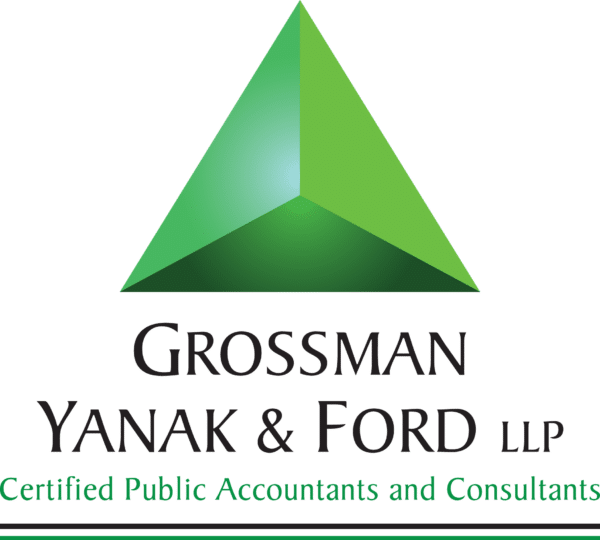The rules for business net operating losses (NOLs) have undergone several changes in recent years. Under the tax reform law known as the Tax Cuts and Jobs Act (TCJA), signed by President Donald J. Trump in December of 2017, NOLs generated after December 31, 2017, could no longer be carried back to any prior tax years. They were, however, allowed to be carried forward indefinitely under the TCJA. Additionally, the NOL deduction for those losses generated after December 31, 2017, was limited to 80% of taxable income, without regard to the NOL deduction.
The Coronavirus Aid, Relief, and Economic Security Act (CARES Act), signed into law in March of 2020, in response to the coronavirus pandemic changed the NOL rules for all taxpayers. (see related post) NOLs generated in tax years 2018-2020 must now be carried back five tax years, and are available to offset 100% of taxable income if utilized in tax years beginning before January 1, 2021. Under the five-year carryback rules, an NOL is carried back to the fifth previous tax year first, and then applied to subsequent tax years until the NOL is completely used. An NOL generated in 2019 would first be carried back and applied against 2014 taxable income, then 2015 taxable income, then 2016 and so on until the final five-year carryback period of 2018. Any remaining unused NOL after the five-year carryback that has not been exhausted is then carried forward to future years.
Generally, the quickest way to receive a refund of tax from a prior year NOL carryback is to file an Application for Tentative Refund (Form 1045 for individuals or Form 1139 for C Corporations). The main advantage of this method is the IRS is required to act on this application within 90 days from the later of:
(1) the date the form is filed, or
(2) the last day of the month that the tax return is due for the year the NOL was generated, including extensions.
However, the primary disadvantage to filing an Application for Tentative Refund is that the form is due within one year after the end of the year in which the NOL was incurred. Therefore, for an NOL generated in 2019, the due date for Forms 1045 or 1139 was December 31, 2020.
The alternative to filing an Application for Tentative Refund for the carryback period is to amend the prior year tax returns via Form 1040X or Form 1120X. This involves more of an administrative burden than Form 1045 or 1139, because a separate amended return must be filed for each year within the carryback period. For a 2019 NOL, taxpayers would first amend their 2014 tax return to apply the NOL deduction, then carry the remaining NOL to 2015 and amend that return, then 2016, etc. If the entire NOL is used before the five-year carryback period has been exhausted, then there is no need to amend prior returns that remain unchanged. The administrative advantage to amending the returns instead of applying for a refund is that the statute of limitations for amending a return to claim a refund for an NOL carryback is three years from the due date (including extensions) of filing the return in which the NOL was generated.
In very limited circumstances, a taxpayer may prefer to forgo the carryback of an NOL, and carry the entire amount forward to future years. This occurs primarily in scenarios in which taxpayers expects their effective tax rates in future years to exceed their effective tax rates in the carryback period. For example, if a taxpayer incurred a $100,000 NOL in 2019, and had an effective tax rate of 20% in 2014-2018, but expects to have an effective tax rate of 25% in 2020 and beyond, then the taxpayer saves an additional $5,000 in tax by carrying the NOL forward instead of back [$100,000 x 5%(25% – 20%)].
A taxpayer may also choose to forgo the NOL carryback if the administrative burden of amending prior year returns outweighs the benefits of carrying the loss back instead of forward. Traditionally, a taxpayer who wishes to elect to forgo the NOL carryback has until the due date of the return (including extensions) of the year the NOL was generated to make the election. However, Rev. Proc. 2020-24 allows taxpayers to make the election with their 2020 returns for NOLs incurred in 2018 or 2019. If the taxpayer generated an NOL in 2018 and 2019, a separate statement must be attached for each year to the 2020 tax return electing to forgo the 2018 and 2019 NOL carryback.
Taxpayers and their advisors should be aware of the many various planning opportunities available to them under both the pre- and post-CARES Act legislative changes. Although the deadline has passed for applying for a tentative refund for 2018 and 2019 NOLs, there are still other alternatives available to generate the best outcome for each specific tax situation. It is important that taxpayers and practitioners know how to properly apply the various procedures for these alternatives to avoid administrative oversights.
For more information on the updated NOL rules and procedures, please contact Bob Grossman, Don Johnston or Matt Goda at 412-338-9300.
Related Posts:
Additional Guidance Clarifying NOL Refund Claims Under the CARES Act








